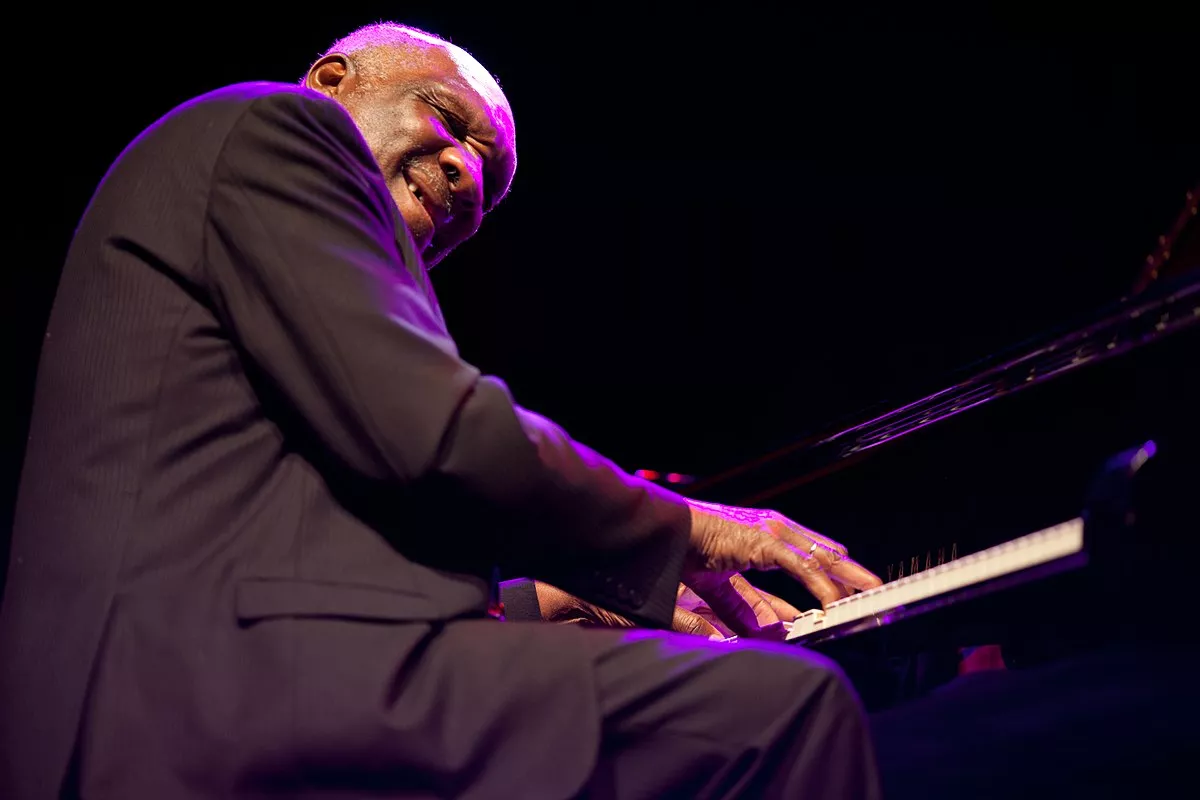 1.
1. Harold Mabern is described in The Penguin Guide to Jazz Recordings as "one of the great post-bop pianists".

 1.
1. Harold Mabern is described in The Penguin Guide to Jazz Recordings as "one of the great post-bop pianists".
Harold Mabern initially started learning drums before switching to learning piano.
Harold Mabern had access to a piano from his teens, after his father, who worked in a lumber yard, saved to buy him one.
Harold Mabern learned by watching and emulating pianists Charles Thomas and Phineas Newborn Jr.
Harold Mabern attended Douglass High School, before transferring to Manassas High School; he played with saxophonists Frank Strozier, George Coleman and trumpeter Booker Little at this time, but was most influenced by Newborn, Jr.
In 1954, after graduating, Harold Mabern moved to Chicago, intending to attend the American Conservatory of Music.
Harold Mabern was unable to afford to attend music college because of a change in his parents' financial circumstances, but had private lessons there for six months and developed his reading ability by playing with trombonist Morris Ellis' big band.
Harold Mabern developed by listening to Ahmad Jamal and others in clubs, and "playing and practicing 12 hours a day" for the next five years, but he remained self-taught as a pianist.
Harold Mabern went on to play with Walter Perkins' MJT + 3 and others in Chicago.
Harold Mabern learned orchestration techniques from bassist Bill Lee, and comping and chord voicing from pianists Chris Anderson and Billy Wallace.
Harold Mabern accepted and was shown inside, where trumpeter Harry "Sweets" Edison, who was looking for a pianist to replace the soon-to-depart Tommy Flanagan, auditioned him and offered him the place.
Harold Mabern toured in Europe with Wes Montgomery later in 1965 as part of a band that had been together for around two years before the European tour, traveling as a quartet from gig to gig in one car.
From 1965, Harold Mabern worked with Freddie Hubbard, Jackie McLean, Hank Mobley, Blue Mitchell, Sarah Vaughan, and Joe Williams.
Harold Mabern's recording career as a leader began in 1968, after he signed for Prestige Records early that year.
Harold Mabern worked intermittently over a period of four decades with George Coleman, beginning in the 1960s, and including an appearance at the 1976 Newport Jazz Festival.
Four years later, Harold Mabern toured Europe with George Coleman, and played with Eddie "Cleanhead" Vinson.
Harold Mabern had a career resurgence after his album Straight Street was a success in Japan in 1989.
Harold Mabern visited Japan in 1990 as a member of a ten-pianist group that toured together but played and recorded separately.
Harold Mabern's stated piano preference was "naturally the Steinway D, but if you can't get a D, any Steinway".
In 2015, Harold Mabern released Afro Blue, "the first of Harold Mabern's two dozen leader dates to showcase the context in which he worked frequently during the 1960s: accompanying vocalists".
Harold Mabern died of a heart attack in New Jersey on 17 September 2019.